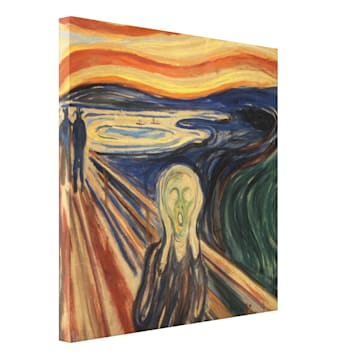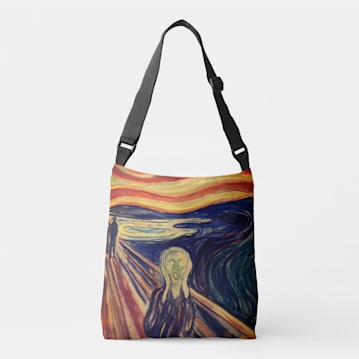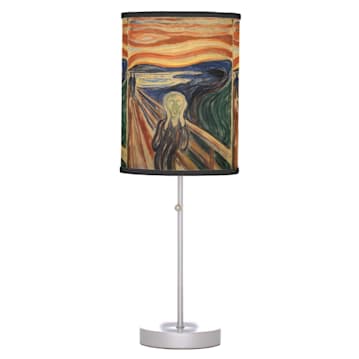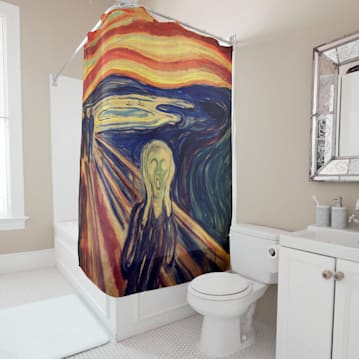The Scream by Edvard Munch
Expressionistic Painting of Human Anxiety
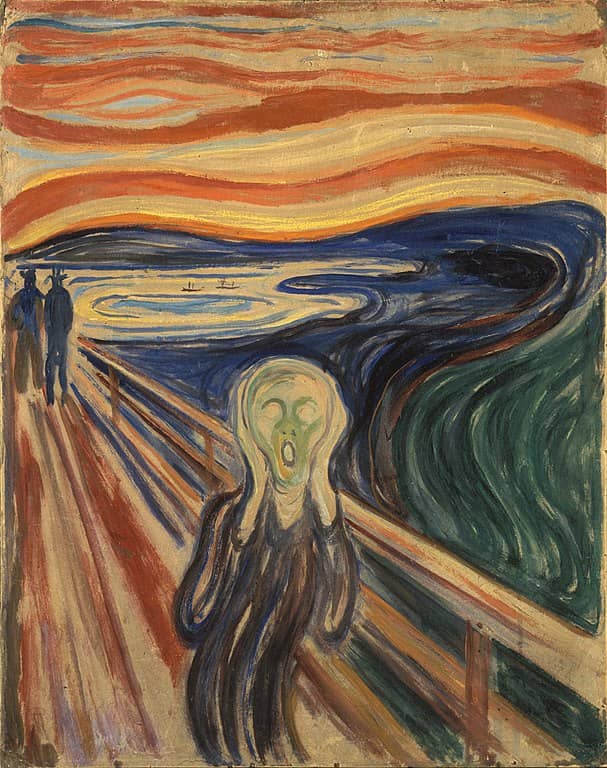
"The Scream" is a painting by the Norwegian artist Edvard Munch. It was completed in 1893 and is one of modern art's most identifiable images. The painting depicts a figure standing on a rocky outcropping with an open mouth with hands clasped to the sides of their head. A landscape of mountains and a tumultuous orange sky surrounds the screaming figure.
Munch produced the work in four different versions. Two of which were sketches rather than paintings. Munch created the now famous first version in tempera in 1893, and then made three more versions in various mediums over the coming years. The subsequent versions are believed to have been produced for other customer requests.
The perceived meaning behind "The Scream" is still a source of much debate and speculation. Munch stated that the painting was inspired by his experience of walking in the hills near Oslo. He claimed that he was overwhelmed by the beauty of the landscape and felt a sense of primal terror and anxiety. Some others see it as a representation of the inner turmoil and emotional distress that Munch experienced throughout his life. Regardless, the artwork reaches out and touches the viewer's emotions.
About the "The Scream" Painting
| Painting Name | The Scream |
|---|---|
| Artist | Edvard Munch |
| Paint Type | Tempera and Oil on Carboard |
| Year Completed | 1893 |
| Painting Period(s) | Expressionism, Post-Impressionism, Modern Art |
| Location it was Painted | Berlin, Germany |
| Where it is Now | National Museum, Oslo, Norway |
| What it's Worth Now | Estimated at around $140 million |
| Interesting Facts |
|

